The main methods of protecting plants from frost
A sharp drop in temperature can destroy a future crop, therefore it is important to prepare for it in time and find out in advance how to protect the plantings from frost. The danger of frosts in spring is not as high as those that occur in early summer. Young leaves of plants in March-April may freeze on the edge, but over time they will recover. If frost hits in early June, not only berry crops will suffer, but also fruit trees.
The negative impact of return frost on plants
Heat-loving vegetables - tomatoes, peppers, eggplants - are not able to withstand the cold. The sap in their delicate foliage freezes, ruptured cell membranes, causing plant death. If the seedlings are not hardened and rooted poorly, they stop growing at a temperature of –2 ° C, and the fruiting period is delayed by 2 weeks. Some crops tolerate return frost well and are able to withstand a sharp drop in air temperature. For example, parsley and carrots, onions and spinach grow calmly at -5-7 ° C, celery can withstand temperatures as low as -3-5 ° C. But the bulk of the plants after a sharp cold snap inhibits their development, and their yield decreases markedly.
The buds of fruit trees freeze at –4 ° C. Cherries, peaches, apples and pears are especially vulnerable during the flowering period. For them, a drop in temperature even down to –2 ° C is fatal. Seedlings of flowering annuals and thermophilic melons creeping along the ground can be damaged even at –1 ° С. Winters have become warmer over the past 10 years, but the likelihood of spring frosts has increased. Even though the weather forecasts are now more accurate, the onset of cold weather is still difficult to predict: much depends on the terrain.
There are several popular signs that can help protect plantings in time.
- If in the evening the thermometer drops to + 1–2 ° С, it may be frosty at night. Heat-loving crops will need shelter.
- The absence of clouds in the sky, calmness and the end of precipitation may indicate a subsequent decrease in temperature.
- Blossoming bird cherry usually portends a quick cooling.
There are many ways to protect yourself from frost to save your garden from the negative effects of cold weather. Many of them are quite laborious, some are ineffective.
The most common methods are:
- sprinkling;
- smoke;
- shelter;
- the use of fertilizers and growth stimulants.
Frost protection methods
Sprinkler and smoke can be used for small areas. Sprinkling is used when the air temperature is close to 0 ° C. This method requires a spray bottle that allows you to spray the plants with a spray similar to a raindrop. As a result of freezing water, steam with a high heat capacity will be released. It warms irrigated crops and keeps cold air streams out. The beds are watered in the evening using a sprayer a few hours before frost. Thanks to sprinkling, plants are able to withstand the onset of short-term frosts down to –5 ° С, but only if the weather is calm.
Smoke is a popular way to protect plants from sudden cold weather: you need to build a fire and create a smoke screen that softens the effects of cold air. Various materials can be used as fuel, including garden waste - straw, sawdust and branches, potato tops. You need to burn fuel in a slightly damp state so that it does not burn, but smolders.The bonfire is positioned based on the direction of the wind so that the smoke spreads throughout the garden. For 1 hundred square meters, a fire 1.5 m wide and up to 60 cm high will be enough.But with strong gusts of wind, this method is ineffective.
Advice
When using smoke, it is important to remember the fire safety rules, do not leave the fire unattended and prevent the spread of open flames.
It is important to correctly position the material for ignition: put 20 cm of dry fuel down, then a layer of slightly wet, which should be 2-3 times thicker than the first. Sprinkle it on top with soil, a layer of 3 cm, leaving a place for smoke in the center. If the method has to be applied over a large area, smoke bombs are used for it. You need to light a fire when the temperature approaches 0 ° C, it should burn until the morning, until the sun appears, - it is in the morning hours that the thermometer drops to its minimum values. By sunrise, the site should be completely smoke-filled.
Smoke is a fairly simple way to protect plantings from frost and save the crop, but it has a number of disadvantages.
- It cannot be used in strong winds.
- In complete calm, smoke also does not work. At night, a small wind is extremely rare due to high atmospheric pressure, and without it, the smoke will simply go up.
- Burning garden debris and fallen leaves is not considered environmentally friendly and even harmful.
Sprinkling and smoke irrigation have one common drawback - these methods are effective if the garden plot is within walking distance. For most gardeners, the dacha is located at a great distance from the house; it is impossible to be present at it all the time in order to monitor the seedlings and in time to save it from frost. For such a case, there are modern ways to combat the harmful effects of cold weather - the creation of shelters.
Shelter method for frost protection
Shelters can be made from scrap materials by making a frame made of wood, fittings or pipes and film. Such greenhouses are easy to assemble and do not require special skills during assembly. The easiest option is to bend the same pipes with an arc and install them in a row, 0.5 m from each other. On top of the structure, a film or other material is stretched in 1-2 layers, depending on how long the cold snap is predicted to be. The only condition when using this method of planting protection is that the covering material should not touch the foliage.
Advice
To protect against frost down to -5 ° C, you can use leaf dressing with phosphorus-potassium fertilizers. They should be produced 2 days before the onset of cold weather. Spraying with antistress drugs and growth stimulants helps to cope with sudden changes in temperature: after such treatment, sugars accumulate in plant tissues, which thickens the cell sap and reduces the risk of freezing.
It is enough to wrap the shrubs with burlap - this is enough to protect them from frost. You can use other covering materials: film, agrospan. Blooming strawberries freeze even at –1 ° С, it is also advisable to cover them with agrospan. Cuttings and small plants should be covered with plastic bottles, cups or buckets cut in half.
You can even cover plantings with soil. For example, it is enough to spud potatoes to preserve their shoots. Hilling should be repeated regularly until the threat of frost disappears. An exception may be potato mini-tubers and cases of its reproduction by layering - at the beginning of the growth period, young plants are very weak, and after hilling they may not germinate through a too thick layer of soil.
If frosts are projected down to –7 ° C, greenhouse plants also need to be protected. You can cover the structure itself from the outside or from the inside, additionally insulating it. Old newspapers, burlap and other materials can be used.It is not worthwhile to firmly fasten the second layer to the first - it is better that air remains between them. If there is nothing to cover the plantings, you will have to additionally heat the greenhouse. You need to remove the protection no earlier than 9 in the morning.
Output
It is important for every gardener and gardener to know about ways to protect plantings from return cold, because otherwise the harvest of vegetable crops may die, and the trees will be severely damaged and will not tie fruit. There are hardy plants that can withstand temperatures as low as –7 ° C, but most require shelter or other protection. There are many methods of saving seedlings from frost, but not all of them are effective.
The following methods are popular: sprinkling, smoke, application of fertilizers and growth stimulants. But such options are effective only if certain conditions are met, therefore, plant protection with special materials is considered the most reliable way. You can remove the protection only in the morning, since the minimum temperatures occur precisely in the predawn hours.
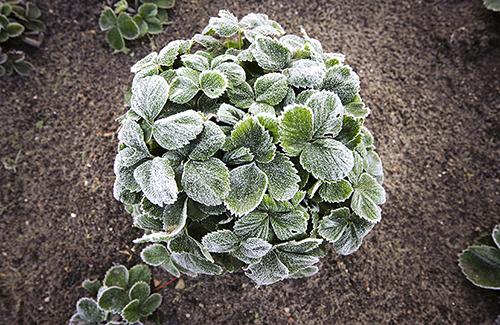
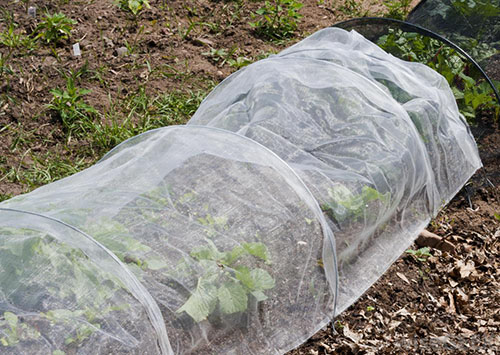
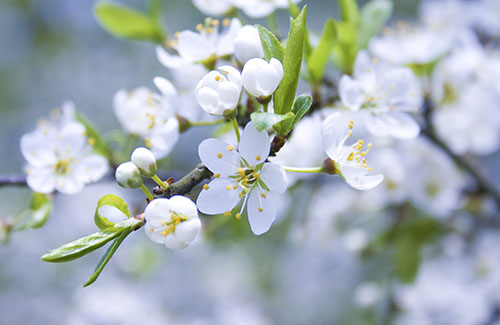

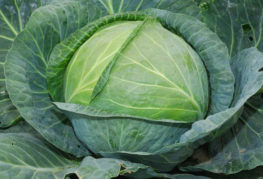
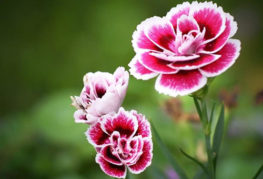
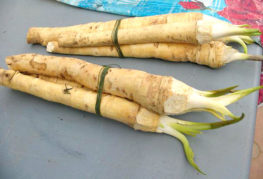
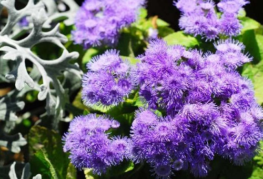
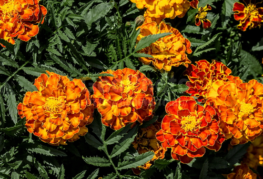
and will be published shortly.